
The mountain overlooking the Valley of the Kings looks like a pyramid. This is presumably part of the reasons why the ancient Egyptians chose this valley. It is a reminder of the pyramids that used to be the burial places of the Pharaohs. (757k)
The Valley of the Kings was used as a burial place for the Pharaohs in the New Kingdom. The ancient Egyptians gave up the pyramids, because they were too conspicuous and easily robbed. They hoped they could keep the tombs intact if they could be hidden in this valley. It worked for only one of the tombs, the one of Tutankhamun (1336 - 1327 BCE), and even that one not forever, only for 3249 years till 1922. Tutankhamun was actually a very minor Pharaoh who died very young. Imagine the treasures that would have been in the tombs of Pharaohs like Ramesses II.
The tombs were cut in the rocks and hidden. Some accounts say that the workers who dug the tombs were executed after they were done to keep the location secret. I somehow doubt that because the tombs were built over long periods of time, many years. I don't see how you could keep the workers separate for that long and then execute them.
One of the first things people ask is what the chances are to find a tomb, like Tutankhamun's, that has not been robbed. The answer is zero chance. We have accounted for the tombs of all Pharaohs, there are none left to be discovered. But there are still other things to be discovered, just recently several mummies were found in the valley of the kings, though not royal mummies.
The tombs themselves are breath taking. They are lavishly decorated with paintings throughout the whole tomb. All the colors are still vibrant, due to the fact that the ancient Egyptians used only mineral colors, no organic colors. Unfortunately you are not allowed to take pictures in the tombs. I can only show scans of a few postcards of some tomb paintings.
Osirisnet.net has detailed descriptions of many of the tombs around Thebes (Luxor) in the Valley of the Kings.
The Valley of the Kings is part of the UNESCO World Heritage Site Ancient Thebes with its Necropolis.
All pictures are © Dr. Günther Eichhorn, unless otherwise noted.



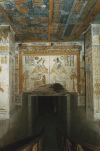






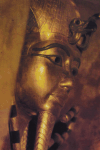
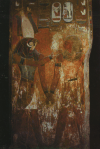





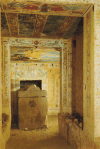

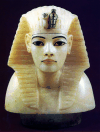
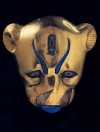
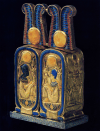

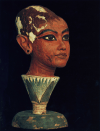
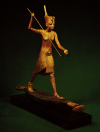

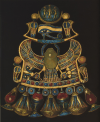
This page contains 27 pictures
Here are the links to the other pages on Egypt:






Page last updated on Tue Nov 2 16:08:54 2021 (Mountain Standard Time)
Valley of the Kings on aerobaticsweb.org